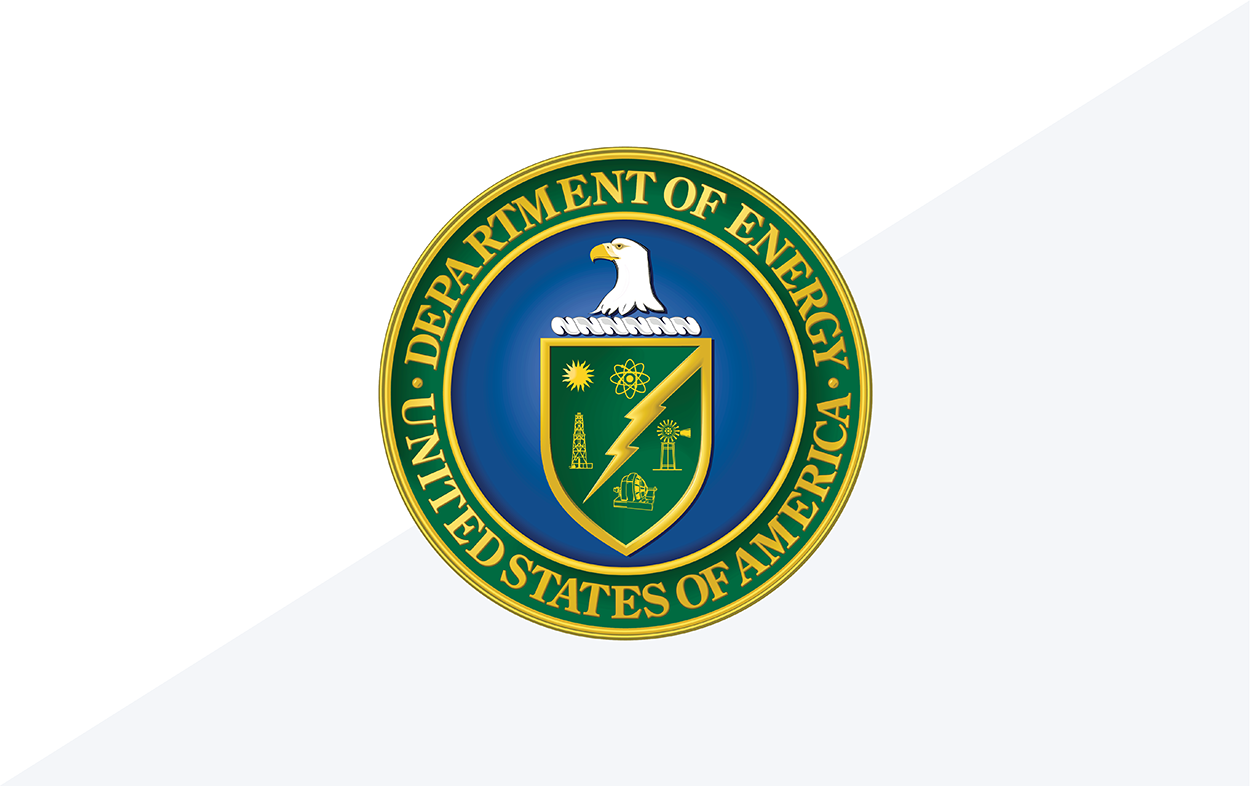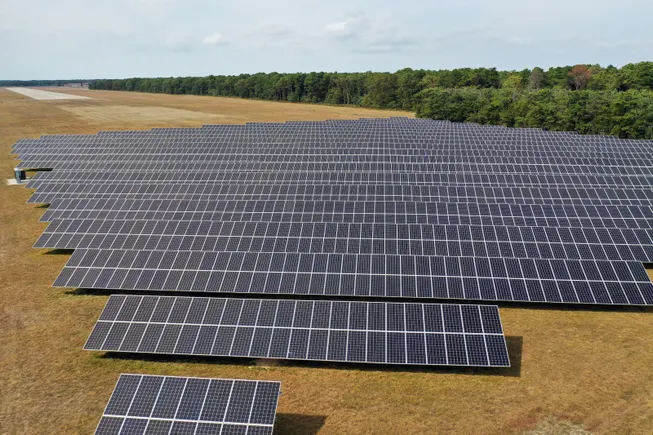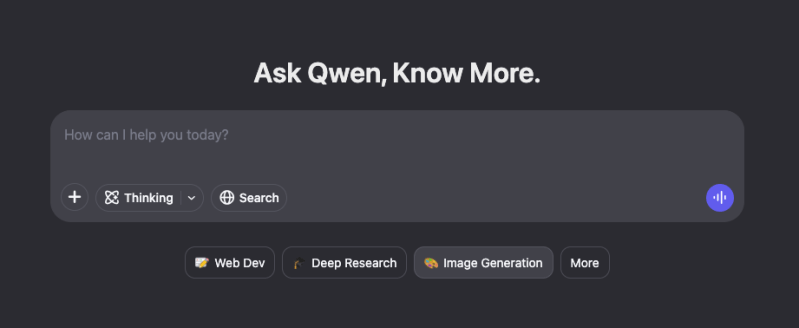
Dive Brief:
-
PG&E has lined up 10 GW of data center projects — with about 1.3 GW added in the second quarter — and expects that load growth to begin reducing customer rates as soon as 2027, company executives said Thursday during a second quarter earnings call.
-
With more than 50 projects in its queue, PG&E continues to attract mostly smaller data centers, CEO Patti Poppe said. But the company is also pursuing contracts with larger customers, including a 90-MW deal with Microsoft.
-
The company does not plan to issue additional equity to fund its five-year, $63 billion capital plan, regardless of pending state legislation on wildfire mitigation and bill affordability, Poppe said.
Dive Insight:
PG&E finds itself in a “Goldilocks” zone of growth — it’s on track for enough steady growth that customers should benefit within the next few years, Poppe said Thursday.
“This is because our demand is differentiated by having a diverse set of projects, ensuring that our development pipeline remains robust and not reliant on a single location, counterparty or approval,” she said, later adding that customers would likely begin to see rate benefits in 2027.
Poppe estimated, as she has in the past, that every 1 GW of additional load growth brought to the PG&E area will decrease customer bills by 1% to 2%.
But Poppe said PG&E has found other potential areas of cost savings as well. Currently, the average customer pays $20 a month for vegetation management, she said, but just $1 per month for undergrounding power lines.
“Undergrounding is the right permanent solution in our highest-risk areas. Not everywhere, but our highest-risk areas,” she said. “So we’re going to continue to advocate for undergrounding as a key part of the wildfire mitigation solutions here in California.”
The company has been piloting new installation equipment that it believes will reduce the cost per mile of undergrounding, according to Carolyn Burke, executive vice president and CFO for PG&E Corp. The company plans to file a new 10-year undergrounding plan by the end of the year, she said.
PG&E has identified several strategies that would allow it to continue to pursue its $63 billion, five-year capital plan without issuing additional equity, regardless of the outcome of proposals currently before California lawmakers, Burke said.
The Legislature is mulling an affordability bill to overhaul how electric rates are regulated, and Gov. Gavin Newsom has reportedly suggested that utility companies pay up front for half of an $18 billion expansion of the state wildfire insurance fund that covers claims against utility companies
Poppe said she sees no need for a large up-front contribution by utilities. She also criticized provisions in the affordability bill that would require investors, rather than ratepayers, to pay for interconnection and wildfire mitigation costs.
But she said PG&E supports other aspects of the bill, including proposals to use tax dollars to pay for programs to help low-income ratepayers and to create a state-run fund that issues loans for transmission projects.
“I think there’s some really innovative solutions” before the Legislature, Poppe said.






















